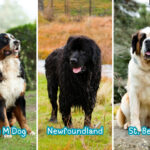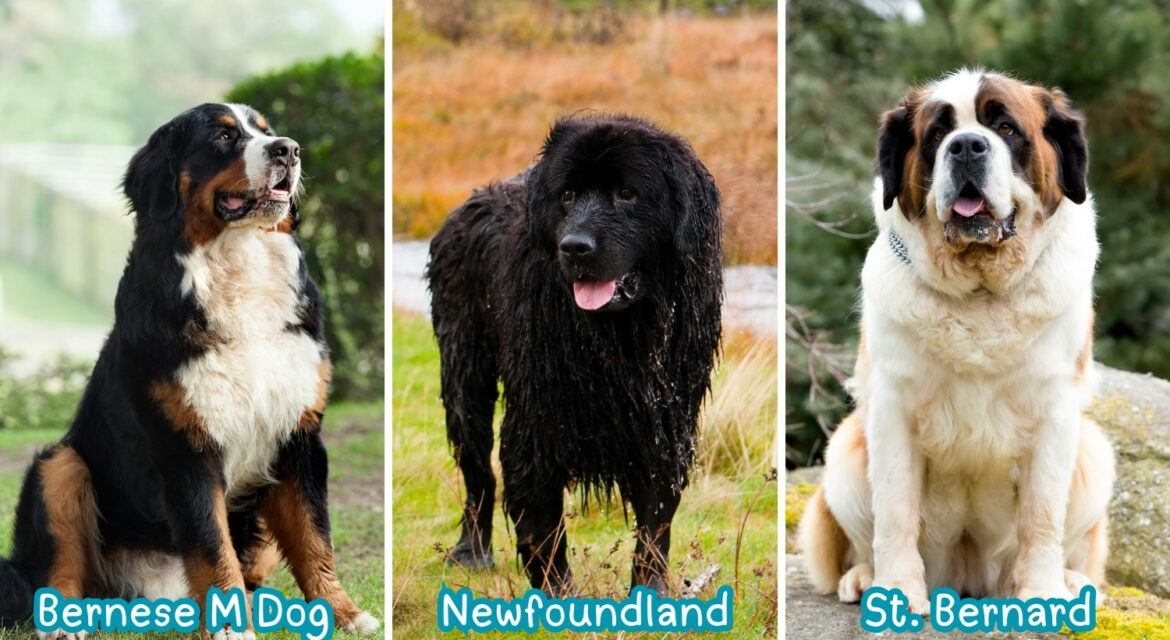 9 May
9 MaySt. Bernard vs Bernese Mountain Dog vs Newfoundland
Choosing the right dog breed can feel daunting, especially when considering large breeds like St. Bernard, Bernese Mountain Dog, and Newfoundland. Each breed offers unique traits and history, shaping their suitability for different families and lifestyles.
Whether you’re drawn to the heroic St. Bernard, the sturdy Bernese Mountain Dog, or the gentle Newfoundland, understanding their backgrounds, temperaments, and care requirements is crucial. In this post, we’ll explore these majestic breeds to help you decide the best fit for your home and life.
St. Bernard vs Bernese Mountain Dog vs Newfoundland: Which Is Right For You?
The main difference between St. Bernard, Bernese Mountain Dog, and Newfoundland lies in their adaptability, grooming needs, and best-suited family environments. St. Bernard thrives in spacious, cooler climates and requires moderate grooming, making it perfect for families or individuals with ample living space. Bernese Mountain Dog, known for its loyalty and affection, demands more frequent grooming and is ideal for active families with yard access, excelling in cooler climates. Newfoundland stands out for its love of water and strong swimming abilities, requiring significant grooming and thriving in cool environments, best for families that enjoy water activities.
| Feature | St. Bernard | Bernese Mountain Dog | Newfoundland |
|---|---|---|---|
| Size | Very large; up to 180 lbs | Large; up to 115 lbs | Very large; up to 150 lbs |
| Coat Type | Short to medium, dense | Long, thick, and silky | Thick, water-resistant |
| Grooming Needs | Moderate; more during shedding | High; frequent brushing needed | High; regular grooming required |
| Temperament | Gentle, patient, friendly | Affectionate, loyal, calm | Gentle, calm, good-natured |
| Exercise Needs | Moderate; enjoys walks | Moderate; needs regular exercise | Moderate; enjoys swimming |
| Health Concerns | Hip dysplasia, heart issues | Hip dysplasia, cancer | Hip dysplasia, heart conditions |
| Lifespan | 8-10 years | 7-10 years | 8-10 years |
| Best For | Families, those with space | Active families, those with yard | Families, water activities lovers |
| Climate Consideration | Better in cooler climates | Adapts well to cooler climates | Good in cold, not in heat |
| Space Needs | Needs ample space | Needs room to move, yard ideal | Large home with space preferred |
| Adaptability | Rural settings ideal | Good in rural and suburban | Adaptable to various settings |
Each breed offers distinct qualities, ensuring that potential pet owners can find a match that aligns with their lifestyle and living conditions.
St. Bernard: History and Original Purpose

The St. Bernard’s roots trace back to the Swiss Alps, where monks at the St. Bernard Pass originally bred them as rescue dogs. Their main role was to locate and save lost travelers buried under snow avalanches.
These dogs are renowned for their incredible sense of direction and resistance to cold, which made them indispensable in mountain rescues. Their iconic image often includes a barrel around their neck, a nod to legends of them carrying brandy to warm stranded travelers.
Bernese Mountain Dog: History and Original Purpose
Originating from the Swiss mountains, the Bernese Mountain Dog was primarily used as a farm dog. Their tasks ranged from pulling carts to herding cattle and serving as watchdogs. Known in their native land as ‘Berner Sennenhund,’ these dogs are valued for their strength, intelligence, and versatility.
Their calm and gentle temperament made them excellent farmers companions and helped manage livestock, demonstrating a perfect blend of work capabilities and companionable nature.
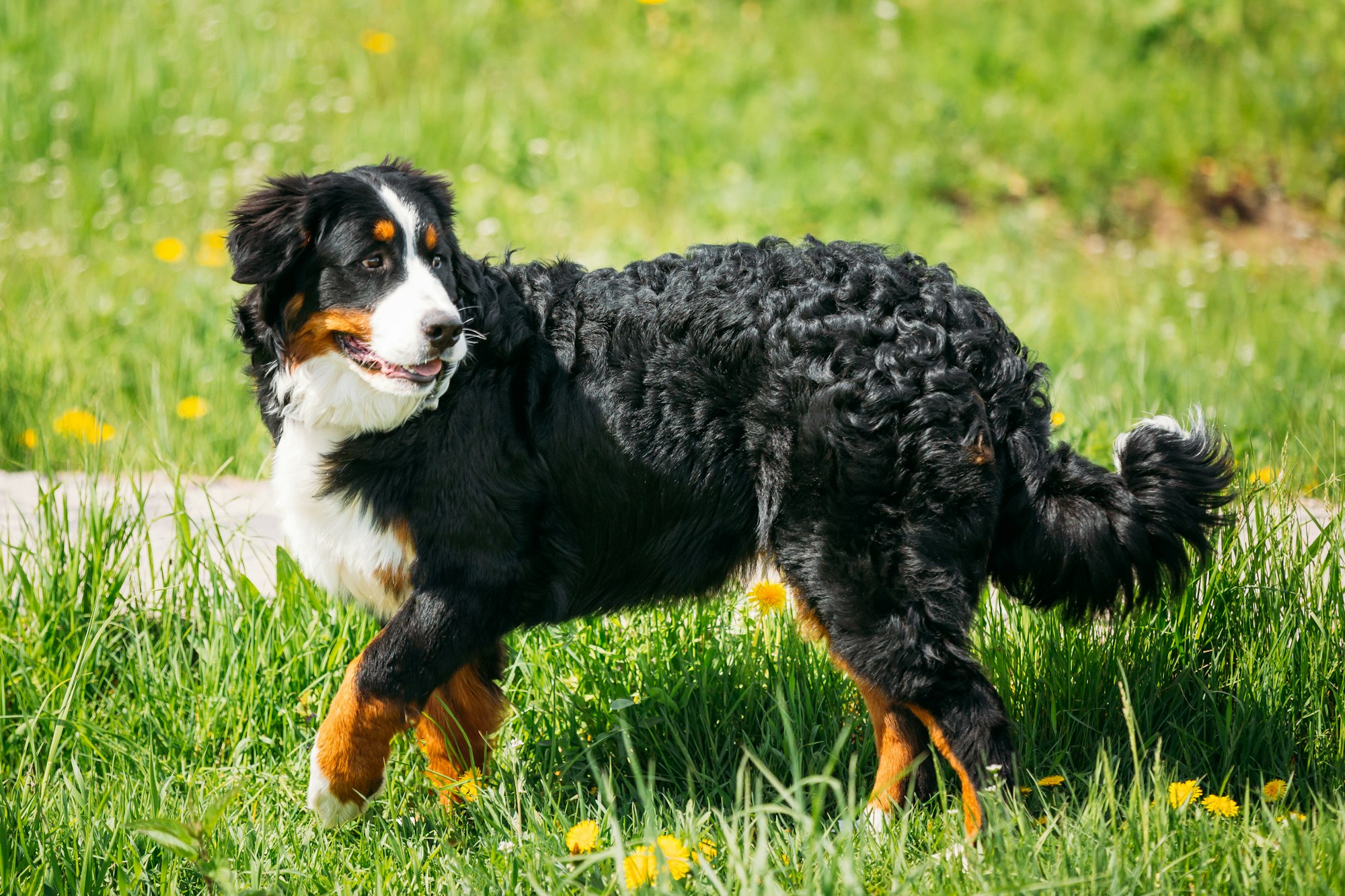
Newfoundland: History and Original Purpose
The Newfoundland breed originated from the Canadian island of the same name. Fishermen initially bred them to help haul nets and catch fish that escaped from hooks. Newfoundlands, notably, have a water-resistant coat and webbed feet, features that make them exceptional swimmers.
They were also used for water rescues, a testament to their strong swimming ability and gentle, patient nature. Their considerable strength and bravery in icy waters have saved many lives, solidifying their status as both working dogs and heroic rescuers.
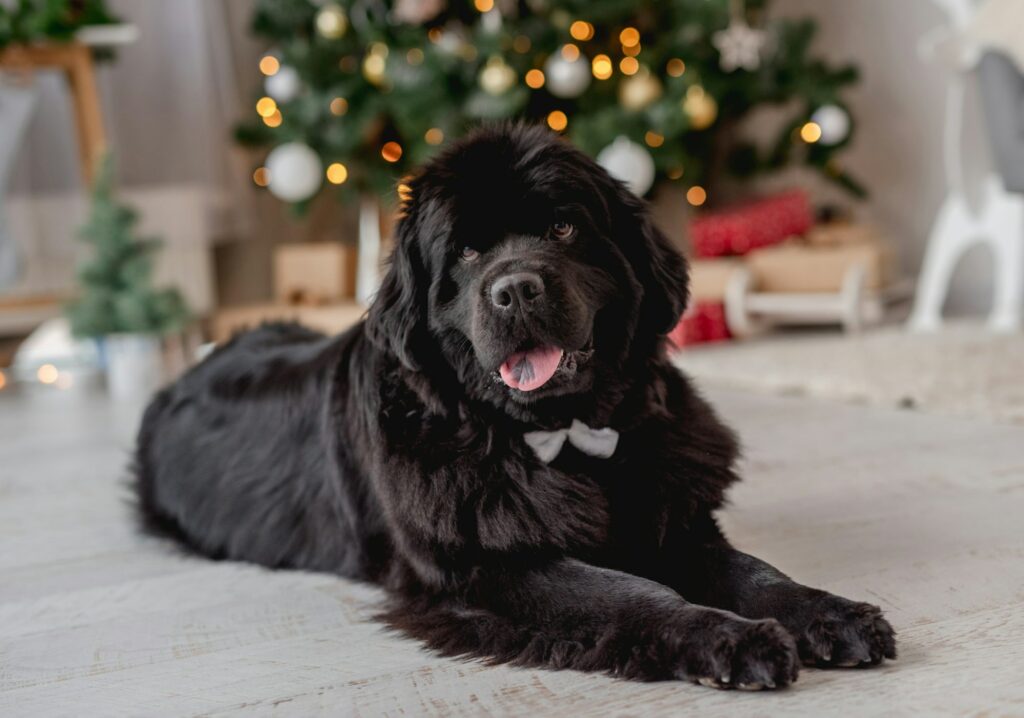
Who Should Choose Which Breed?
Choosing between a St. Bernard, Bernese Mountain Dog, and Newfoundland depends largely on your lifestyle, living conditions, and what you seek in a dog. Here’s a breakdown to help you determine which breed might be the best fit for you:
St. Bernard
Ideal for:
- Families with plenty of space, especially those living in houses with yards.
- Those living in cooler climates where the breed’s thick coat is an advantage.
- Individuals or families looking for a gentle and protective companion, as St. Bernards are known for their friendly nature and loyalty.
- People who prefer a dog with a calm demeanor that requires moderate exercise, making them less demanding in terms of activity levels compared to more energetic breeds.
Considerations:
- St. Bernards are large and can be quite imposing in size, which means they need ample space to move comfortably.
- Their grooming needs are moderate but they do shed, especially seasonally, which might be a consideration for those with allergies.
- They are best suited for families that can spend much time at home, as they thrive on human companionship.
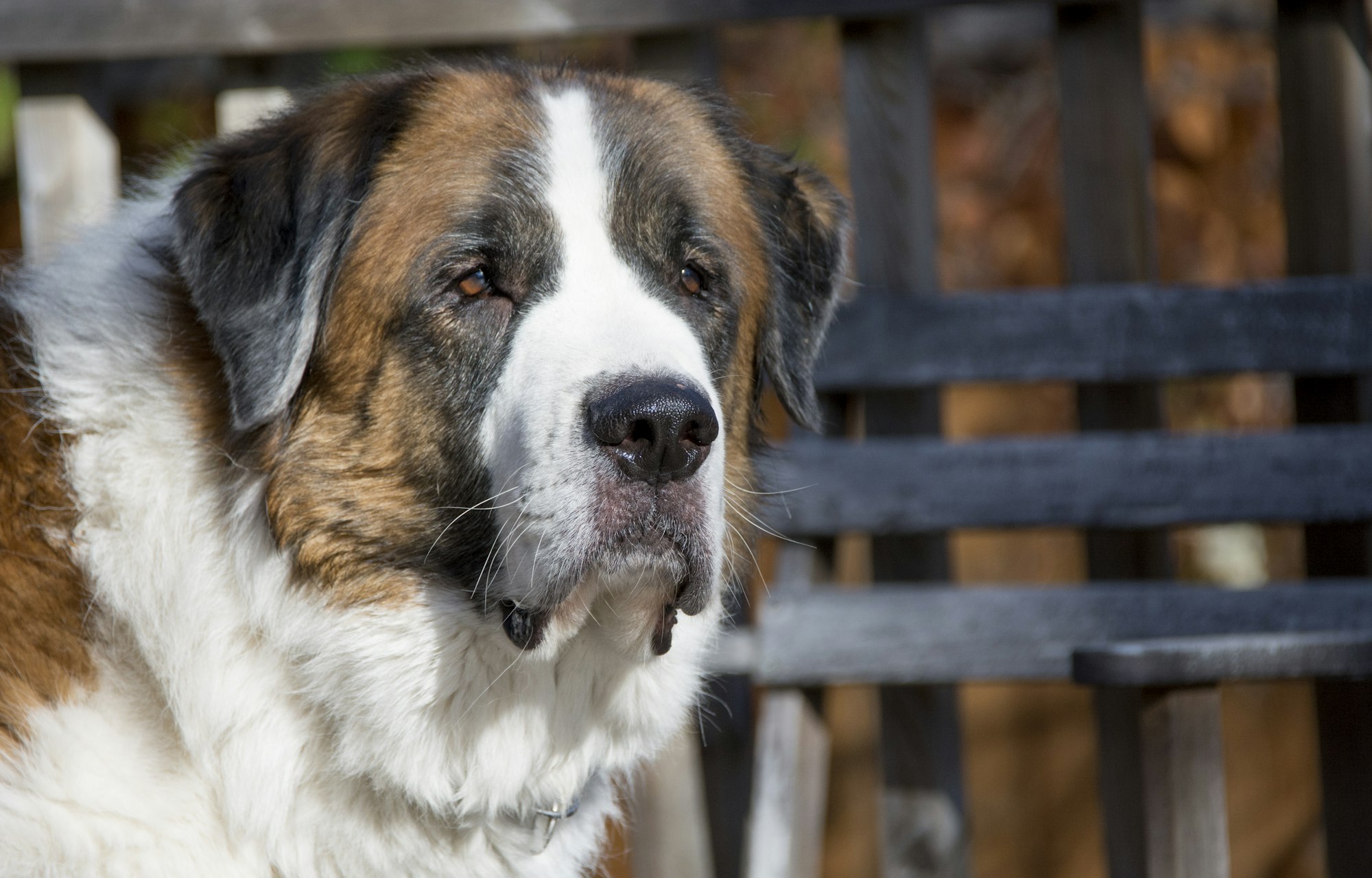
Bernese Mountain Dog
Ideal for:
- Active families that enjoy outdoor activities and can provide the physical exercise these dogs require.
- Those with access to a yard or garden where the dog can play and explore safely.
- Owners looking for a loyal and affectionate companion; Bernese are known for their strong attachment to their families.
- Households in cooler climates, as their thick fur offers protection against cold weather but can be a disadvantage in warmer areas.
Considerations:
- Bernese Mountain Dogs require regular grooming to maintain their long, silky coats and to reduce shedding.
- They are known to have a shorter lifespan and some genetic health issues, so potential owners should be prepared for possible vet visits and health management.
- If socialized properly, they are great with children and other pets, making them an excellent family pet.
Newfoundland
Ideal for:
- Families, especially those near bodies of water, such as Newfoundlands, excel in swimming and are often used in water rescue.
- Owners who can handle a very large dog and don’t mind the grooming challenges that come with their thick, water-resistant coats.
- Those in cooler climates, where the breed’s heavy coat will not be a detriment.
- People looking for a dog with a calm and patient nature, excellent with children and very protective.
Considerations:
- Newfoundland dogs need a lot of space due to their size and are not suited for apartment living.
- They require significant grooming to manage their heavy coat, especially to prevent matting and to maintain skin health.
- While Newfoundlands are less active than some breeds, they still need regular exercise to keep them healthy and happy.
Each breed has unique characteristics and care requirements. When choosing, consider not only the environment you can provide but also the time and resources you can dedicate to meeting their specific needs.
All three are known for their loyalty and affection, making them additions to the right homes.




